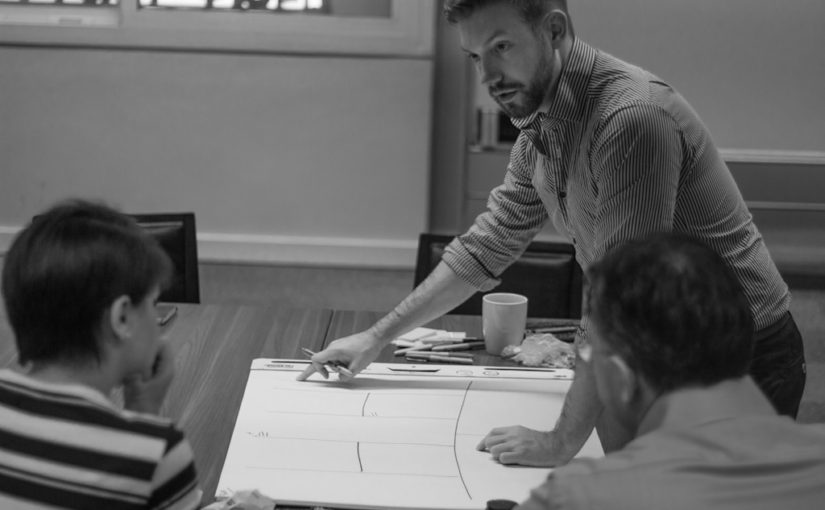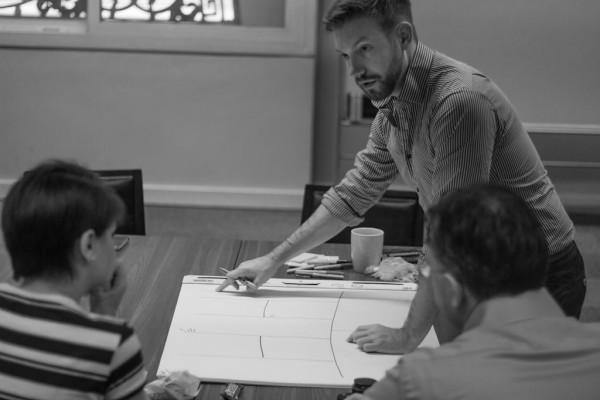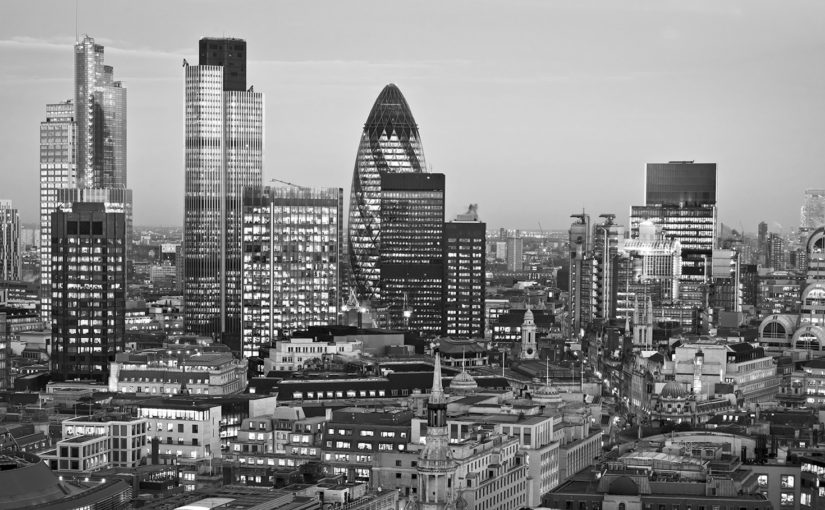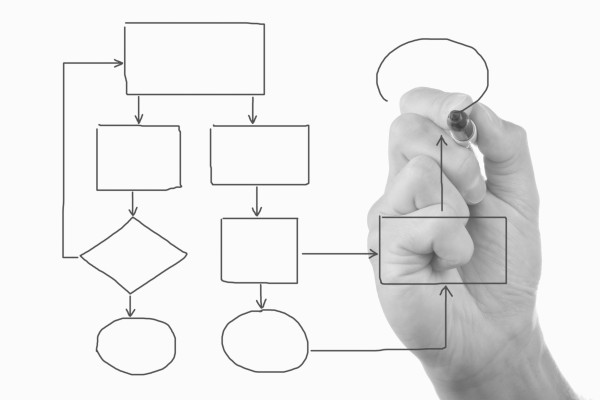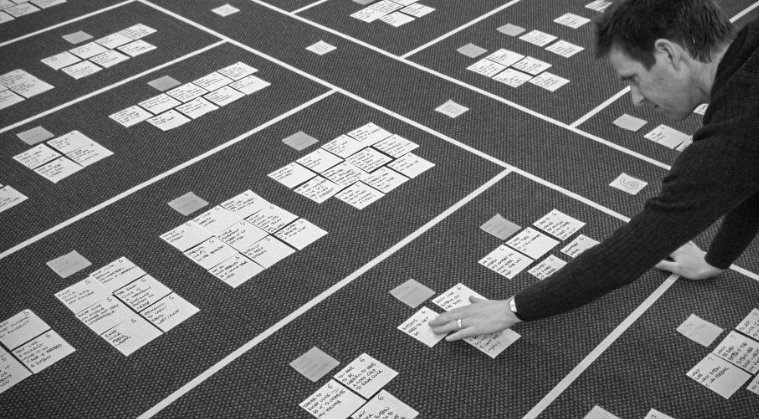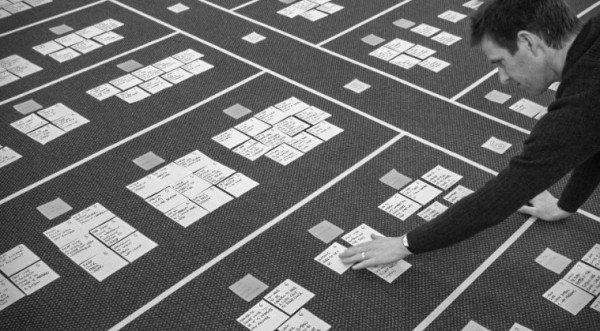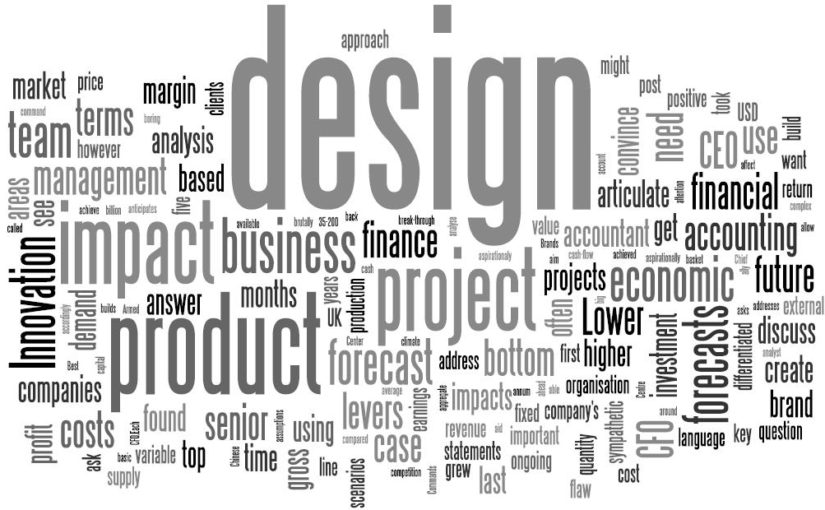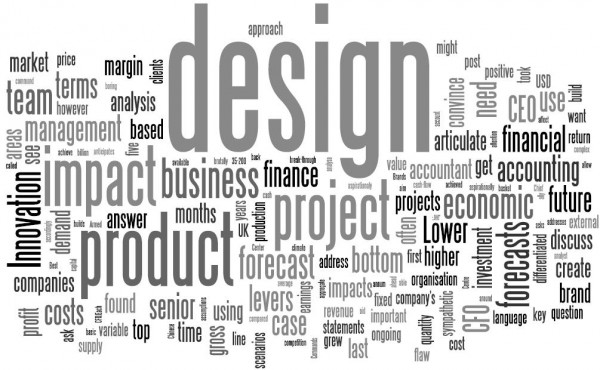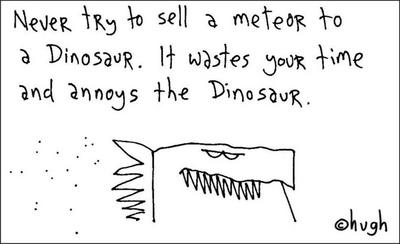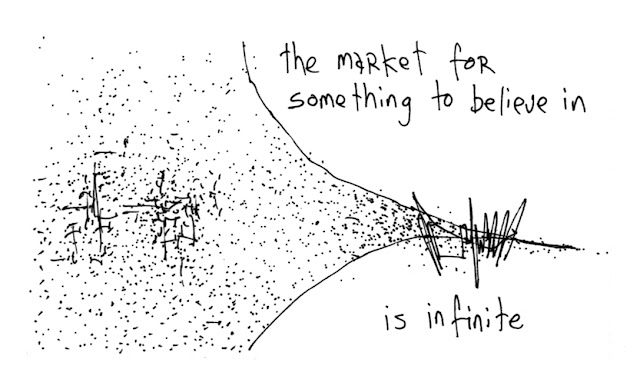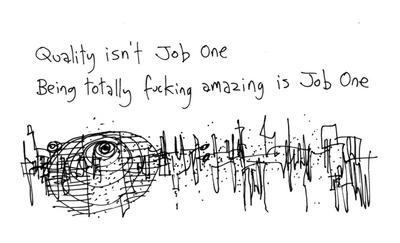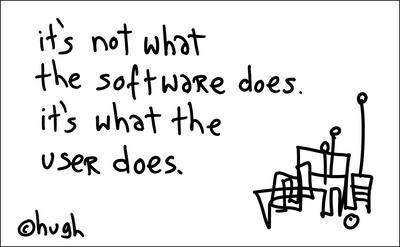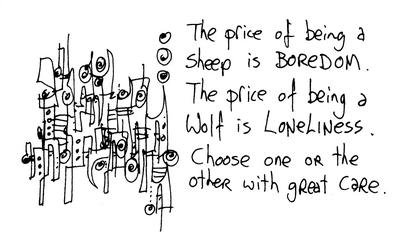Modern product design is a mix of user interface design, user experience, graphic design, design thinking, research and data visualisation. There are a few videos that have influenced my thinking over the years on what great design looks like the the way that we can create products and services that meet people’s needs in surprising and delightful ways.
Practical design processes
Steve is one of the co-creators of the Tailwind CSS framework and his talk at Laracon 2019 was intended for software developers but is actually a good view into how a modern interaction designed solves practical problems.
Design sprints
The Google Ventures design sprint methodology is a bit extreme (they try and fit everything into one week), but the Sprint approach is a great combination of Design Thinking methods with the Lean Startup mindset.
CSS for rapid prototyping
Adam Wathan is the main creator of Tailwind and his talk is developer focused, but it’s a good insight into the mindset behind how Tailwind can be used for rapid prototyping.
Human centred design principles
Dan Norman’s book The Design of Everyday Things was hugely influential on how I think about human centred design.
Data Visualisation
Data visualisation is vital to making finance and investing understandable to people. In 2007 Hans Rosling presented one of the best TED talks of all time when he used charts and data visualisation to help people understand global health policy.
Design Thinking
The original gangsters IDEO at the height of their awesomeness (they never quite adapted to digital design) but this video changed my life back in 1999 when the ideas of rapid prototyping, user observation and designing for latent needs were counter-cultural and revolutionary.
